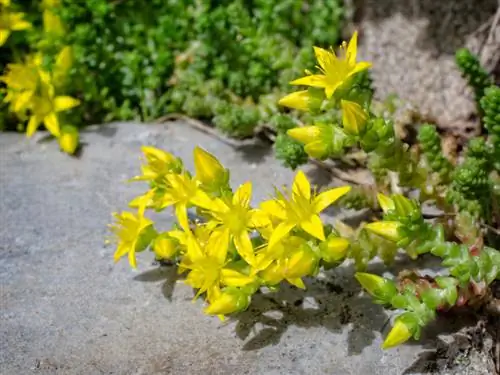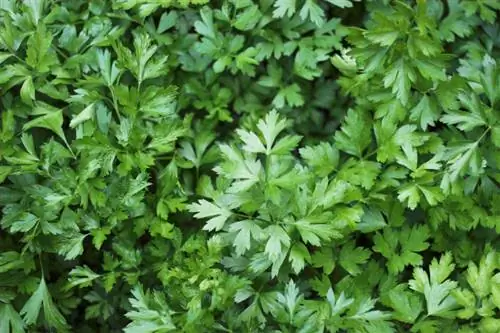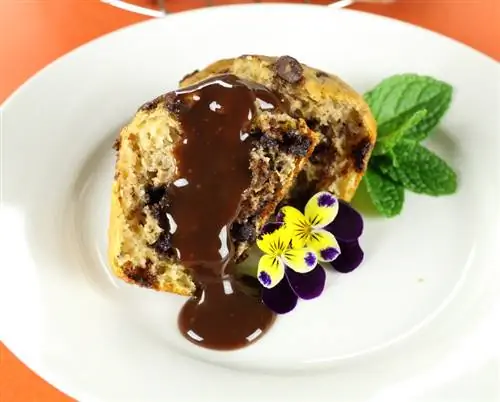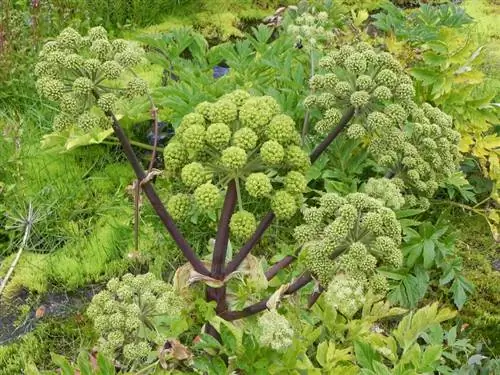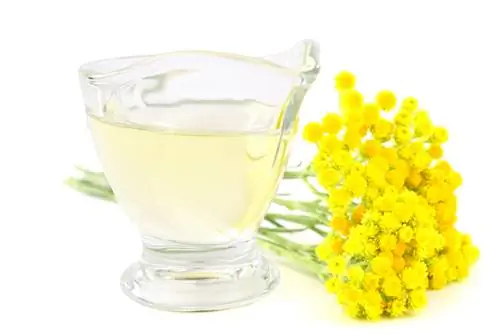- Author admin [email protected].
- Public 2023-12-16 16:46.
- Last modified 2025-01-23 11:20.
Nowadays it has almost been forgotten that the sedum, which can be found in many gardens, was used both as a salad spice and as a medicinal plant in earlier times. This is where the name “stonecrop” comes from, because the fleshy leaves of the thick-leaf plant are said to taste quite hot and spicy. However, the easy-to-care plant is also considered slightly poisonous.
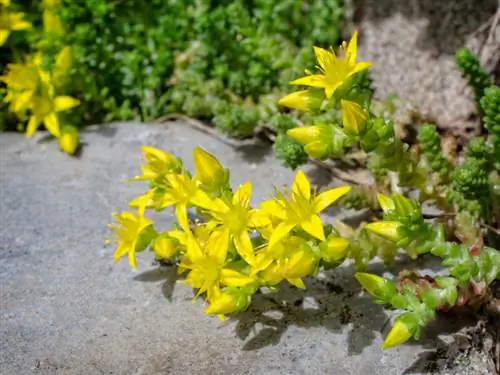
Is the sedum edible?
Some species of sedum, such as the stonecrop, are edible, but they contain toxic alkaloids in low concentrations. The fleshy leaves can be used fresh or preserved in oil, but those with sensitive stomachs or pregnant women should avoid consumption.
Sedum is slightly poisonous
All parts of the sedum, but especially its thick leaves, contain toxic alkaloids as well as tannins, flavonoids, glycosides and tannic acids. However, the concentration of toxins is very low, so the plant can still be consumed. However, this is not recommended if you have a sensitive stomach or are currently pregnant, as consumption can lead to nausea, vomiting and headaches. This also applies if you eat too many sedum leaves. Therefore, we generally only recommend external use.
Edible parts of stonecrop
The thick, fleshy leaves of the sedum are mainly used. In some species (e.g. Sedum telephium) the root nodules can also be cooked and used like vegetables. The leaves can be used fresh or preserved in oil to preserve them. Add the fresh leaves to colorful salads as a condiment or cook them as a vegetable.
Edible Sedum species
Basically all Sedum species are edible, but especially the following species:
- Hot Stonecrop (Sedum acre)
- Mild Stonecrop (Sedum sexangulare)
- Caucasian stonecrop (Sedum spurium)
- Red sedum (Sedum rubens)
- Great stonecrop or purple stonecrop (Sedum telephium)
Sedum as a medicinal plant
In folk medicine, both the leaves and the pressed juice obtained from them were used both internally and externally. The juice is said to stop bleeding (e.g. from wounds) and support wound healing. In addition, sedum juice was also used as a dewormer due to its laxative effect. Because of the slightly toxic ingredients, the juice also irritates the skin and can therefore be used against warts, corns or calluses. To do this, simply cut the thick leaves open and place them on the area to be treated.
Tip
As a precaution, refrain from eating the sedum or swallowing the pressed juice. However, nothing stands in the way of external use (e.g. as a wart remedy).

